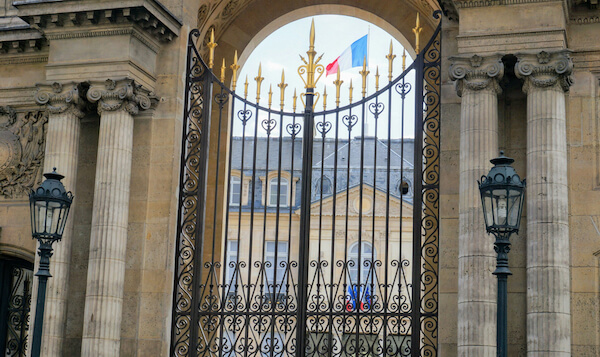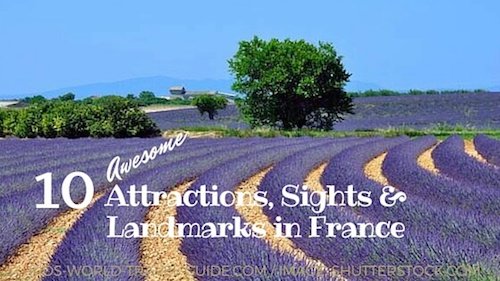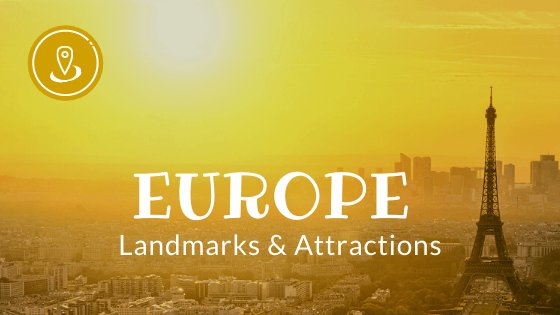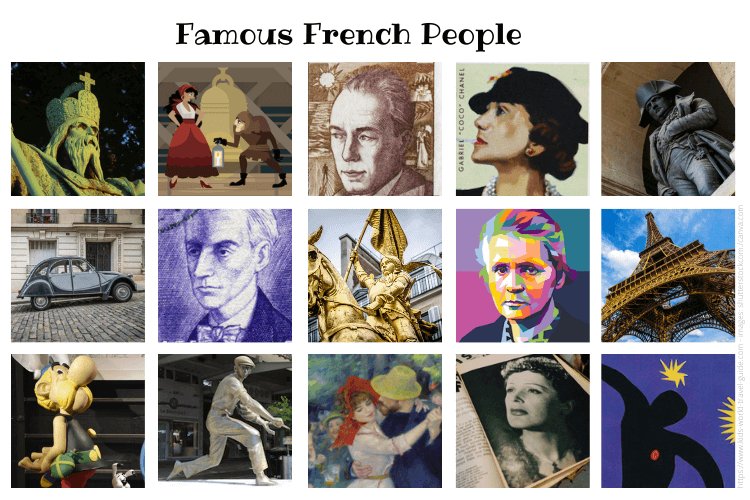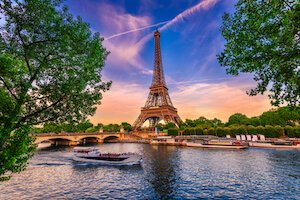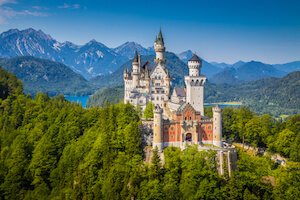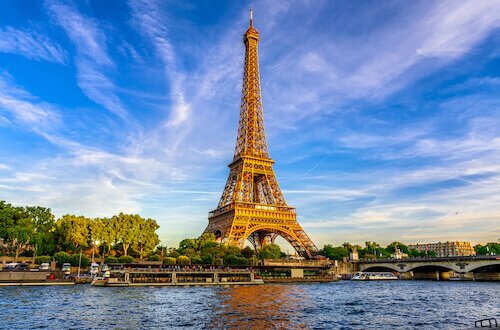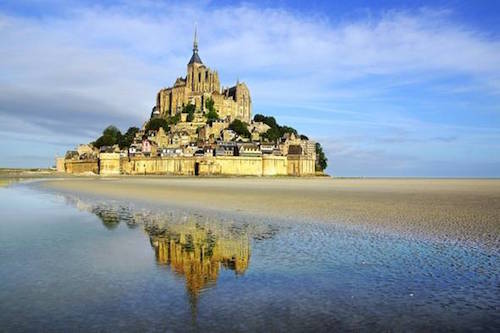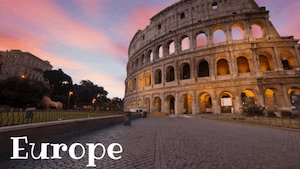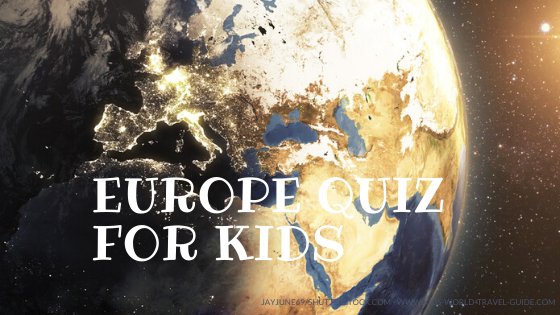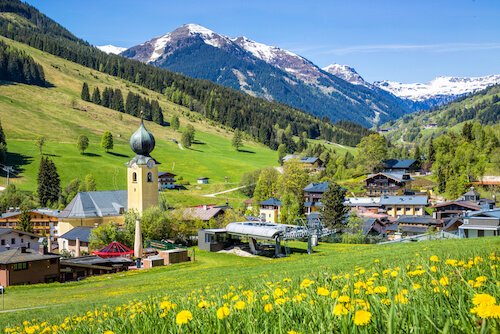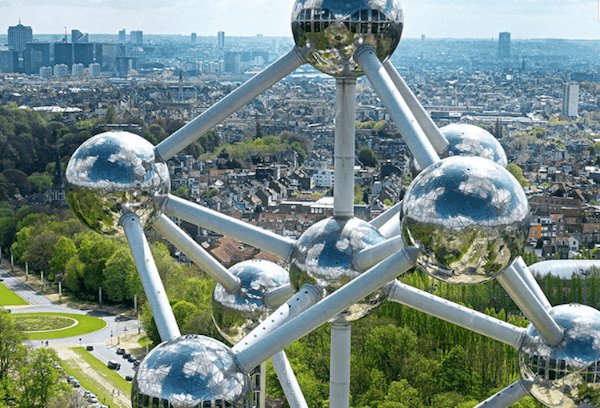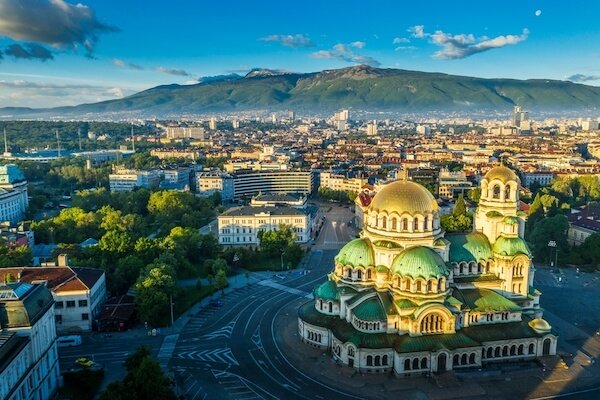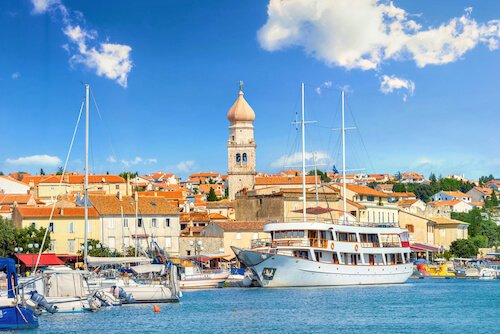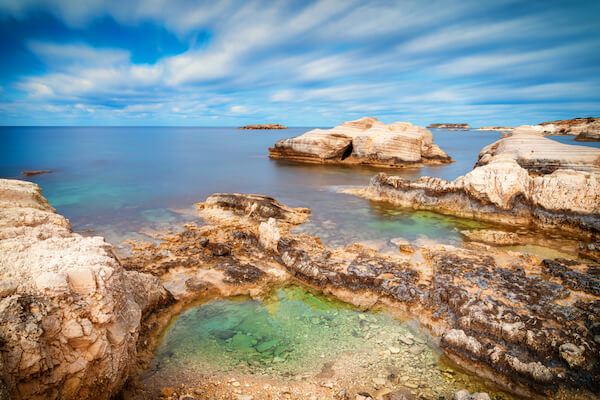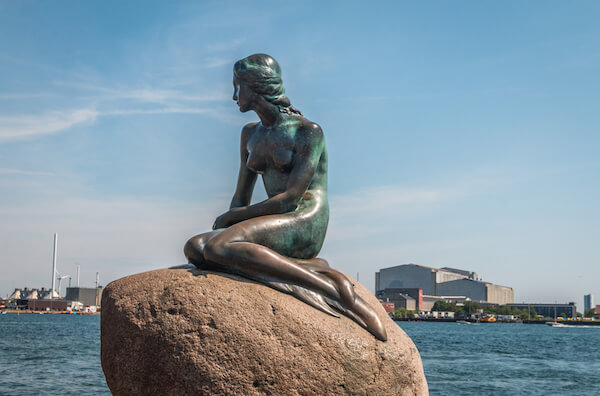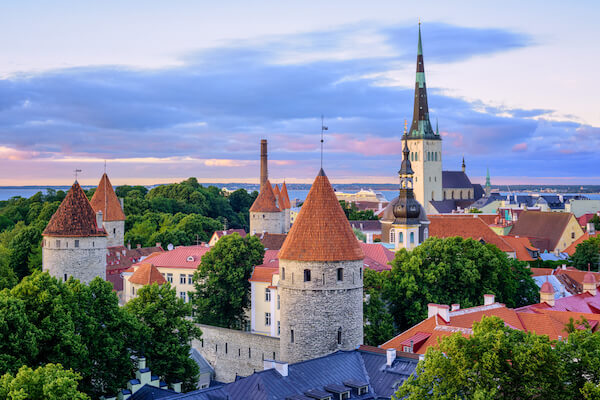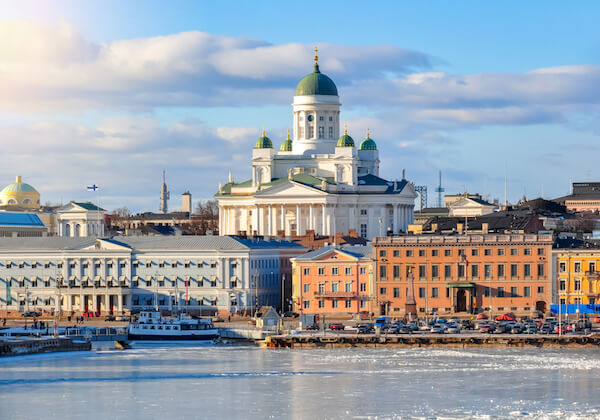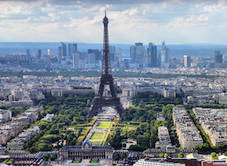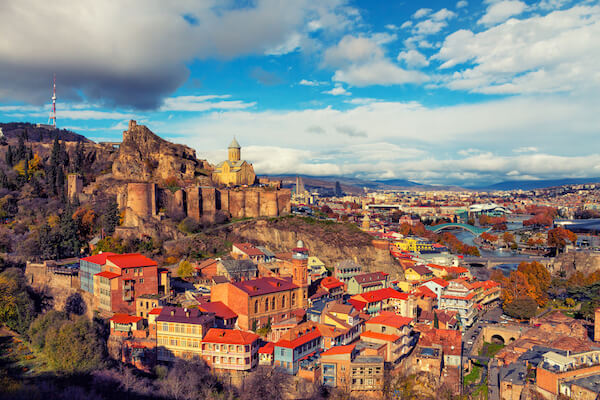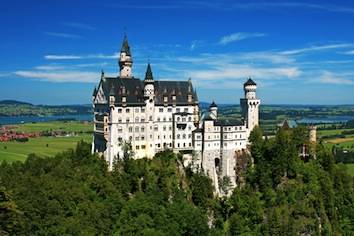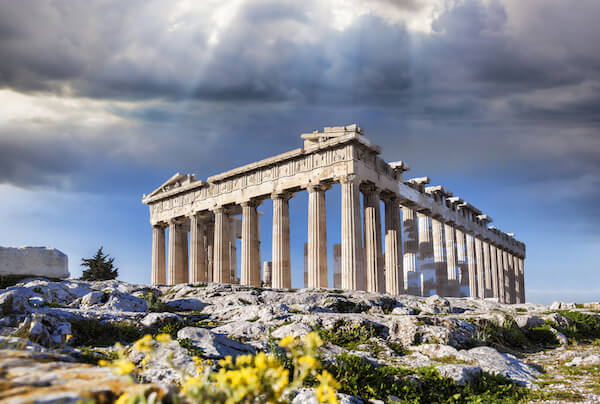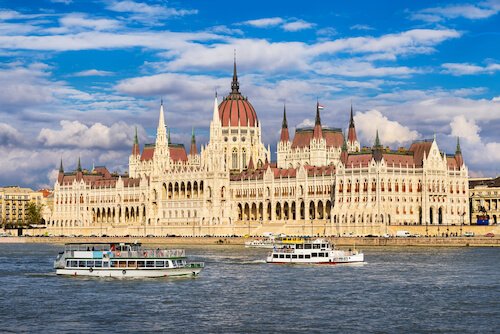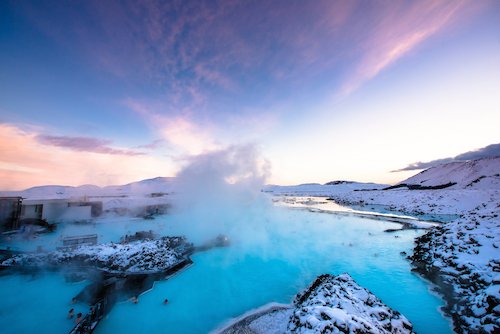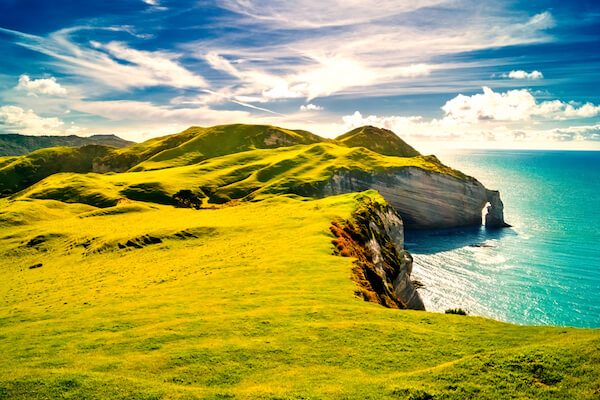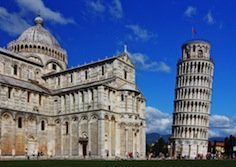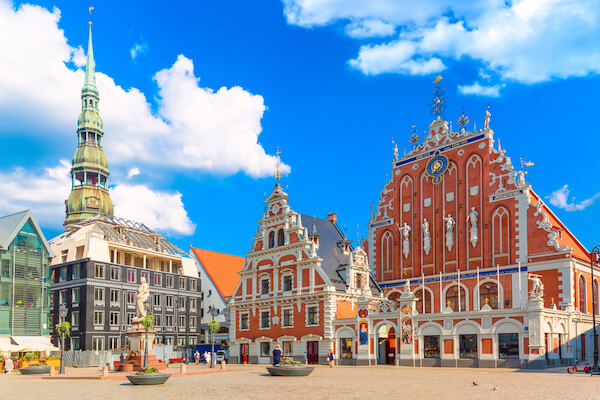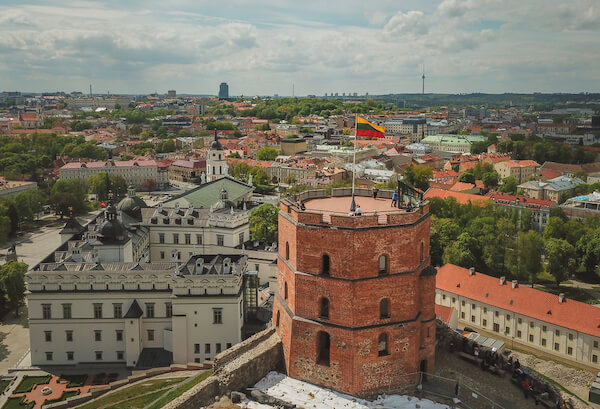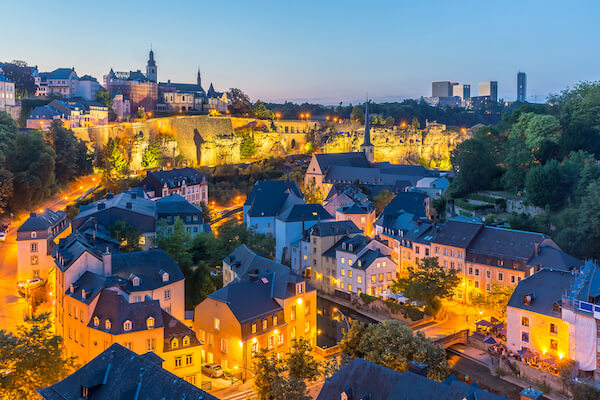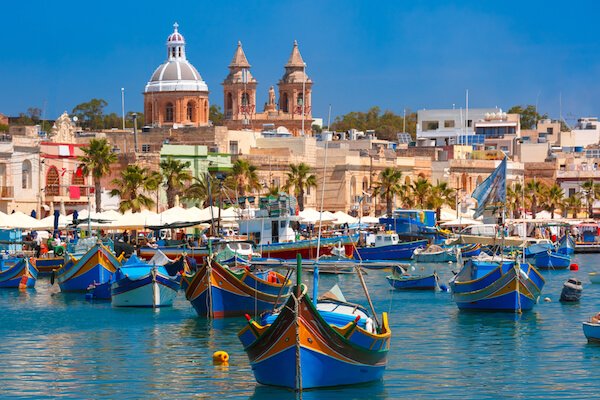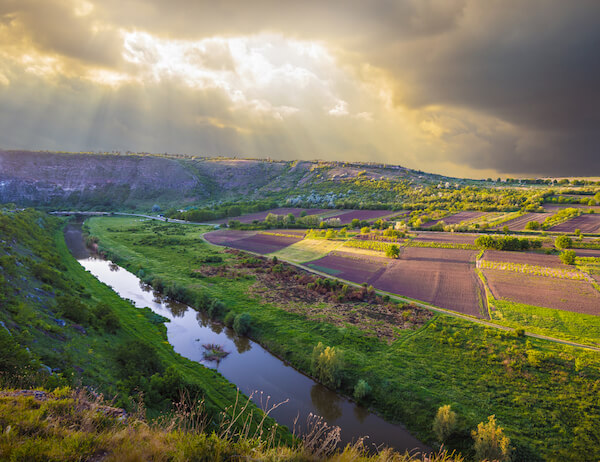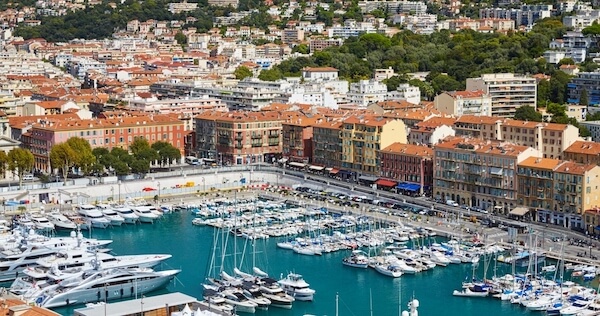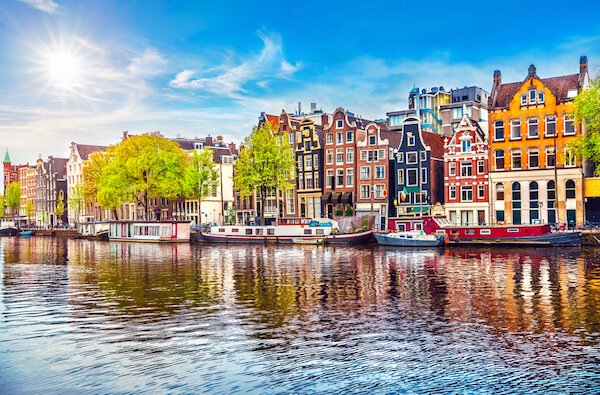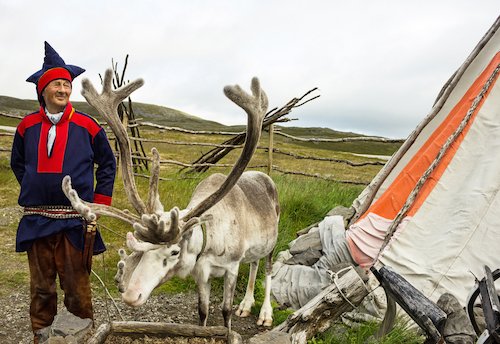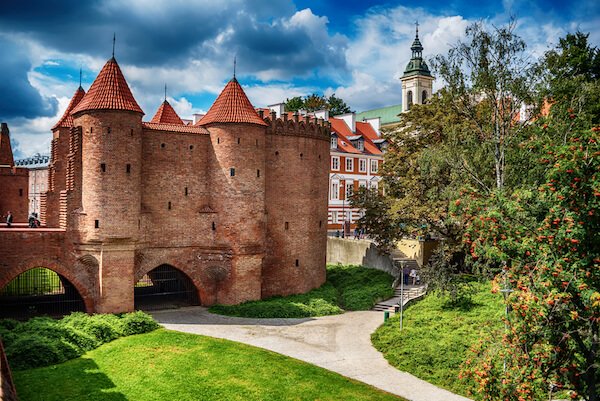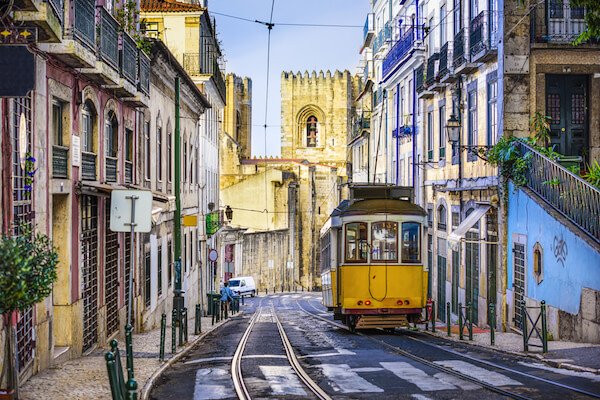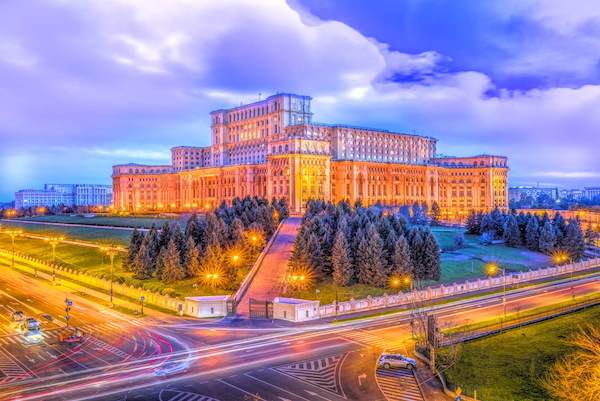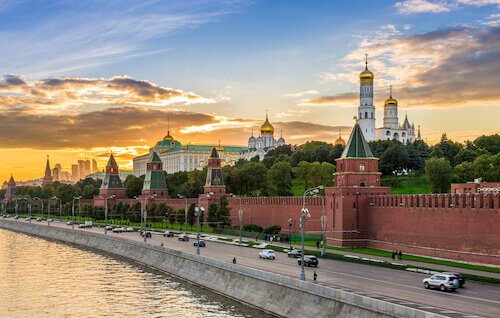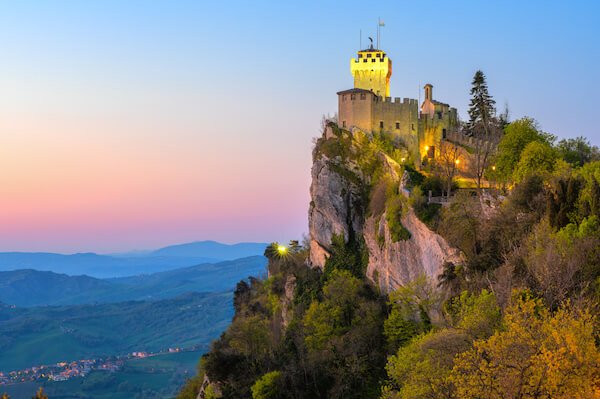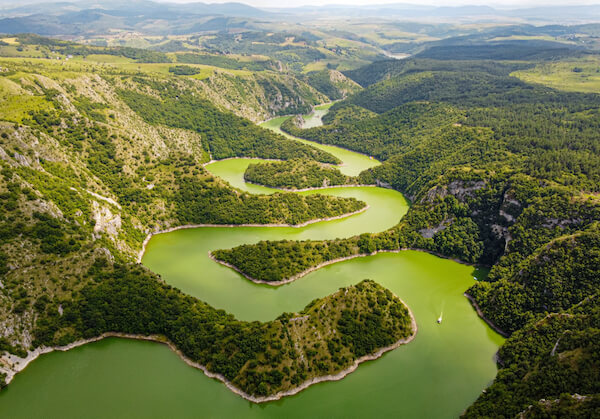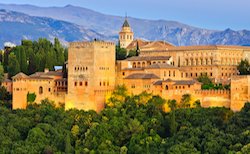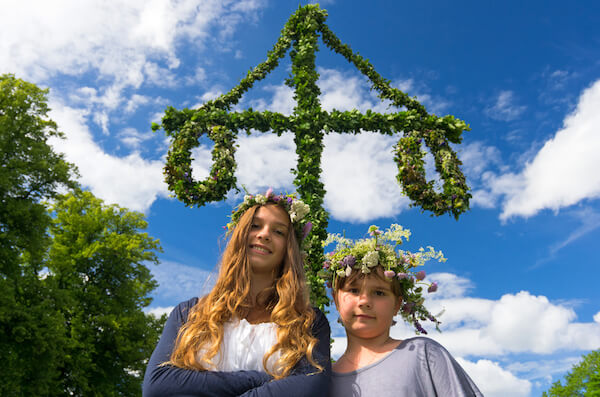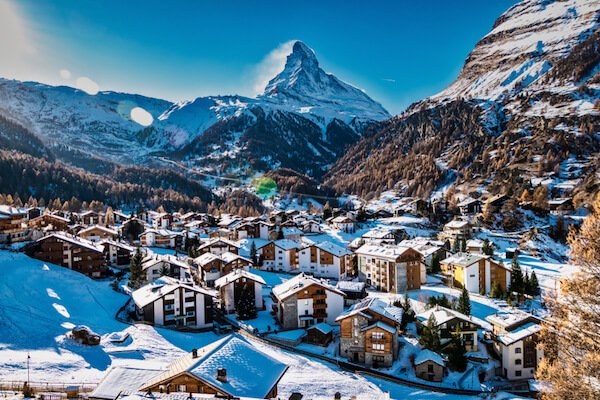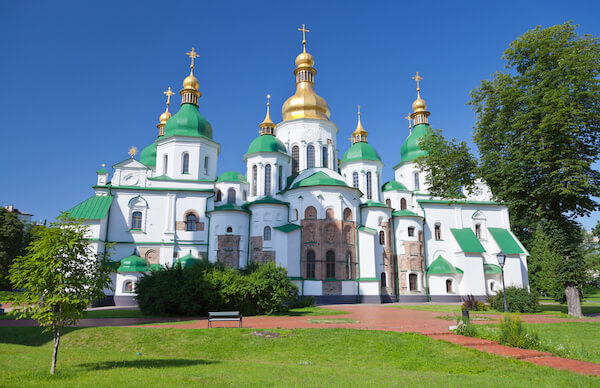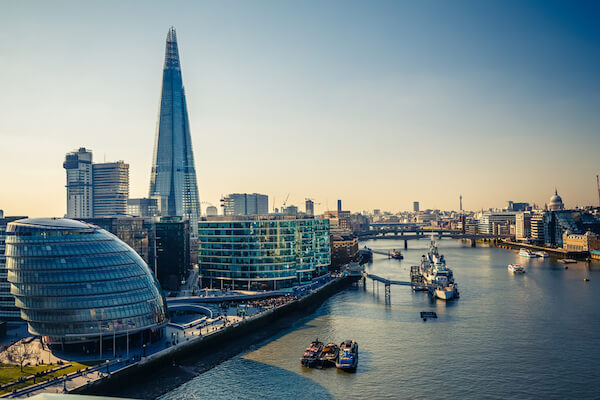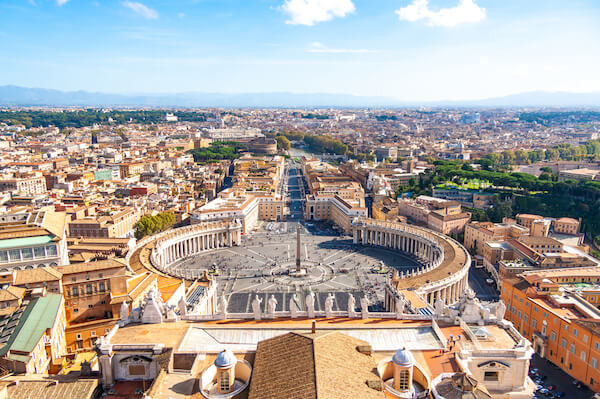Castles in France
How many castles in France can you visit? There are more than 45,000 palaces and castles in France. Many of these are renovated, and some are still residences of famous people. Most of the castles and palaces in France are open to visitors and some of them have lovely museums that showcase the their importance and magnificence.
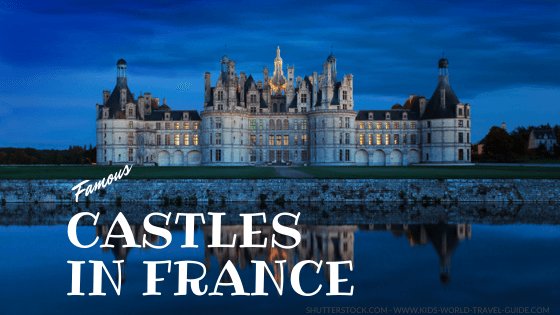
When exploring the French castles and palaces history comes alive. The fine castles and palaces we have listed below are all fun to visit and explore during a trip to France. Now let's do a countdown to the best castles in France to visit and learn about.
Castle or Palace?
First things first. You might wonder if there is a difference between a 'castle' and a 'palace' as some guides use the words interchangeably. However, there is a difference in the meaning, see here:
Castles are large residences that have been built as defence structure and are complete with walls, gates, moats and towers to protect the royals and people that once lived there. Today most French castles are museums. The French word for castle is 'château'. See the walls and towers of the Château d'Angers (Angers Castle).
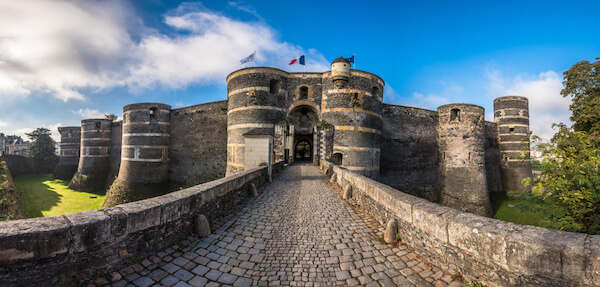 Angers Castle
Angers CastlePalaces are buildings and residences where royals, heads of state, noble persons and religious leaders live or lived. Palaces are grand homes that look beautiful, rich and extraordinarily decorated. Palaces are not fortified like castles and were not built for the purpose to protect the residents from enemies. The French word for palace is 'palais' but often the word 'château' is used as well.
Please take note: The French word 'château' is generally used in French as the term for a stately home or former royal residence whether the place are fortified with walls, moat and gates or not. The word 'palais' is used in France for all richly decorated and elegant larger buildings even those that never served as a residence. For example the opera house in Paris which is in the Palais Garnier that was purpose built!
Now finally: Here are some of the best castles in France!
Fontainebleau
The Château de Fontainebleau is the largest castle building in France. The castle with over 1,500 rooms is located to the southeast of Paris and on weekends is a popular day trip with families coming from the capital city.
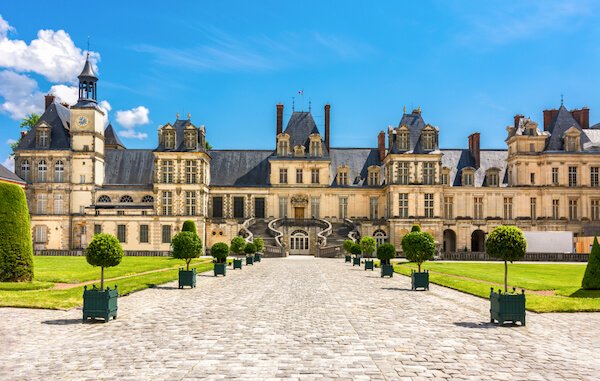 Fontainebleau
FontainebleauThe oldest buildings of the fortified castle date back to the 12th century. This castle was the main residence for all the French kings, emperors and rulers over the centuries.
In the Château de Fontainebleau one can see the famous Throne Room and Apartment of Napoleon, the Chinese Museum and the Gallery of Diana, a huge gallery filled with books from floor to ceiling and this is where you can view the enormous globe of Napoleon.
Versailles Palace
The Château de Versailles initially was built as a hunting lodge in the 17th century. The famous French palace was established during the reign of King Louis XIV and quickly became the place for parties and entertainment of the royals. Versailles is known for its magnificent 73 m/240 ft long 'Hall of Mirrors'. This gallery or 'royal waiting room' is decorated with 357 mirrors, painted ceilings, golden sculptures and huge chandeliers.
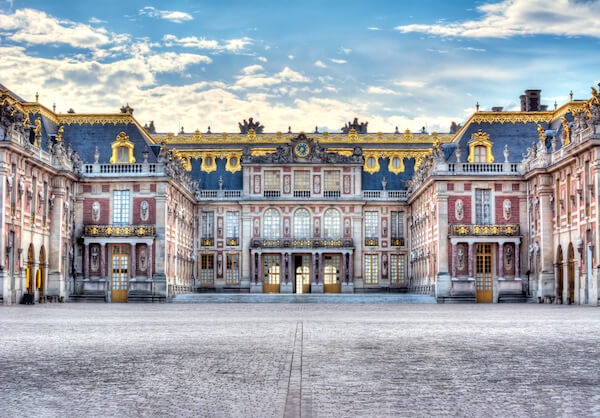 Versailles
VersaillesThe garden of Versailles Castle is also famous for its 600 fountains, 55 water features and 372 statues. Today the Palace is used for major exhibitions, shows and concerts.
Élysée Palace
The Palais de l'Élysée is the official residence of the French President. It is here where President of the French Republic Emmanuel Macron lives. Also about 800 people work in this huge palace.
Construction of the royal country retreat started in 1718 and completed four years later. The building was once owned by Madame de Pompadour, the favourite of King Louis XV and later Napoleon resided here. The palace only can be visited on European Heritage Day in September, but u can take a virtual tour of the Élysée palace when you click on the image above or here.
Château de Compiègne
The castle in Compiègne to the North of Paris once was a royal summer residence. The castle was built in 1374 for French King Charles V. This was one of the three castles that served the royals governments over the centuries - the other two were Fontainebleau and Versailles.
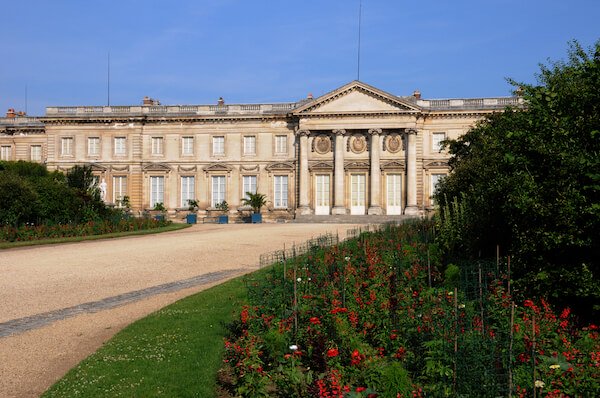 Compiegne Castle
Compiegne CastleA popular summer residence of the French kings, the castle was used as a hunting lodge and Napoleon's favourite residence.
Napoleon III, the nephew of Napoleon, was the last French monarch who lived there, he redecorated much to the style of the Second Empire. Today the castle houses the Second Empire Museum and the National Car Museum.
Palais des Papes
The largest Gothic palace in Europe, the Popes’ Palace is located in Avignon, a city in southeastern France. This papal palace is as big as four Gothic cathedrals!
The first foundation of the ‘Old Palace’ was started in 1335 under Pope Benedict XII. Only 20 years later Pope Clement VI finished the ‘New Palace’.
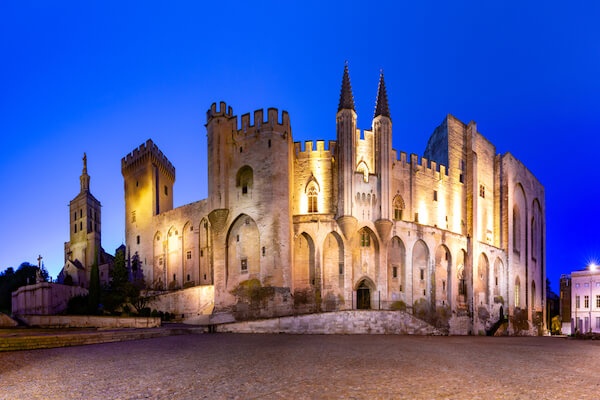 Palais des Popes
Palais des PopesThe extended papal palace now included much embellished and richly decorated chapels and rooms. Nine popes lived and reigned from this palace in Avignon in the 14th century.
More Castles in France:
Château de Chambord
The castle of Chambord is the largest of the numerous castles along the river Loire. The Loire Valley spans about 280 km/ 174 miles and houses more than 300 castles and stately homes.
Chambord was built from 1519 as a hunting lodge for King Francis I, but in fact was never completed.
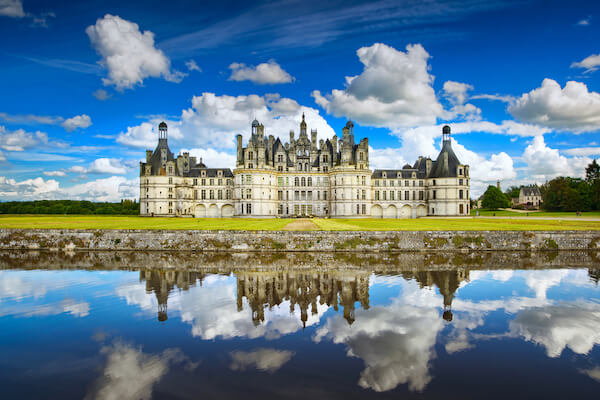 Chambord
ChambordThis castle also never was built as a defence but as an elegant and extensive royal residence. As such the walls and towers as well as the moat, a water channel around the castle, were only built for decorative purposes.
Chenonceau Castle
The Château de Chenonceau is known for the majestic arch bridge spanning the river Cher. This castle is known as a Renaissance masterpiece.
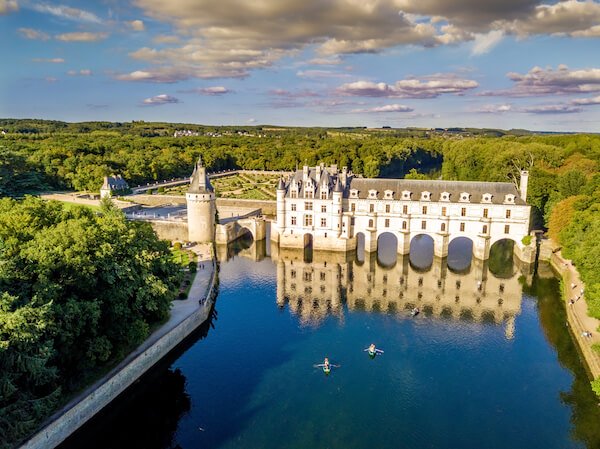 Chenonceau
ChenonceauThis castle would not exist as we can see it today if there would not have been all the famous women who refined the look of the building. These influential women include the famous patrons of the arts called Catherine de Medici and Louise de Fontaine. (Madame Dupin, as she was referred to after her marriage) Madame Dupin is also known for her influence in drafting the first Code of Women’s Rights.
Vincennes Castle
The medieval Château de Vincennes was the main royal residence outside of Paris until 1682 when King Louis XIV decided to move his main residence to Versailles.
The central tower with the living quarters is today the tallest in Europe. This central tower is called a 'keep'. Vincennes Castle's keep is 50 m/ 164 ft high.
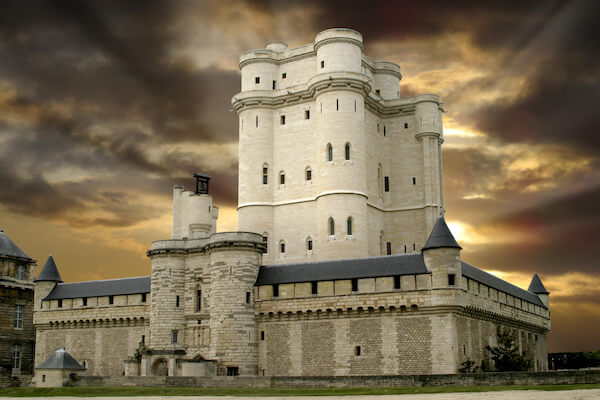 Vincennes
VincennesFrom the 16th to the 19th century the castle was used as a prison.
Château de Coucy
The castle of Coucy in north eastern France once had the tallest and largest keep in Europe. This castle was built from the 1220s onwards. This castle's keep was once Europe's tallest with 35 m/ 115 ft in width and 55 m/ 180 ft in hight.
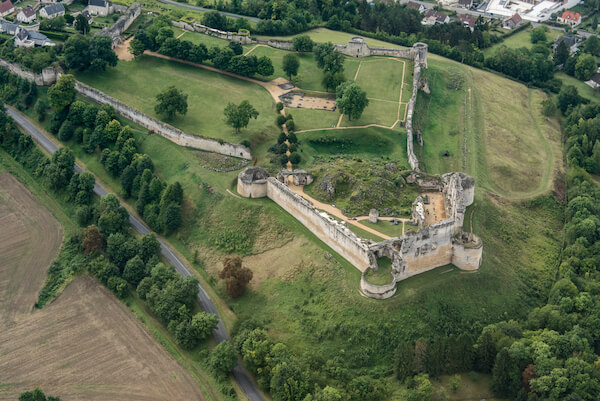 Coucy
CoucyDuring the first world war large parts of the castle with the four towers and the keep were destroyed by the German army. The ruins of Coucy castle are still very impressive as you can see in the image above.
Abbaye Mont Saint Michel
In the strictest sense this is not one of the castles in France, but still often counted among them. It is in fact a fortress with an abbey. Mont Saint Michel was once an important fortress on a tidal island in the Atlantic.
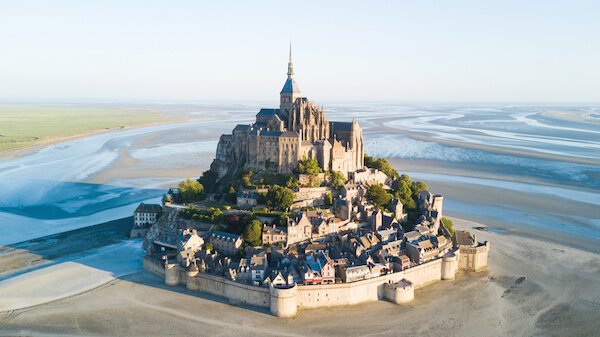 Mont Saint Michel
Mont Saint MichelThis fortress of the Duchy of Normandy housed an abbey from the 14th century onwards and today is one of the most famous landmarks of France. Find out more about famous French landmarks on our separate page here.
Castle in France: News
On 27 and 28 October 2023 the annual 'LaNuit des Châteaux' (Night of the Castles) will take place this year.
Actually the whole weekend is dedicated in France to the celebration of castles and various families activities are offered at many sites. Read more here.
Castles in France | Useful resources
Find more information on Castles in France on these websites:
- Centre des Monuments Nationaux. "Trouver un monument." MonumentsNationaux. Last accessed 30 January 2023
- Google. "11 Secrets from the Palace of Versailles." Google Arts&Culture. Last accessed 30 January 2023
- Elysee. "Visit the Elyseepalace." ElyseePalace. Last accessed 30 January 2023
- Videotour for Children. ChateauVersailles. Also in English. Last accessed 30 January 2023
- Chenonceau. "The History of Chenonceau." Chenonceau. Last accessed 30 January 2023
More Popular Pages
Image Credits on Castles in France: shutterstock.com
Back from Castles in France to Kids World Travel Guide Homepage
More about Countries in Europe
Did you like what you read?

|
Share this page with your friends! Simply use the html code below. Copy and paste onto your website, blog or Facebook page:
<a href="https://www.kids-world-travel-guide.com/castles-in-france.html">Kids World Travel Guide: Castles in France</a> |
*
